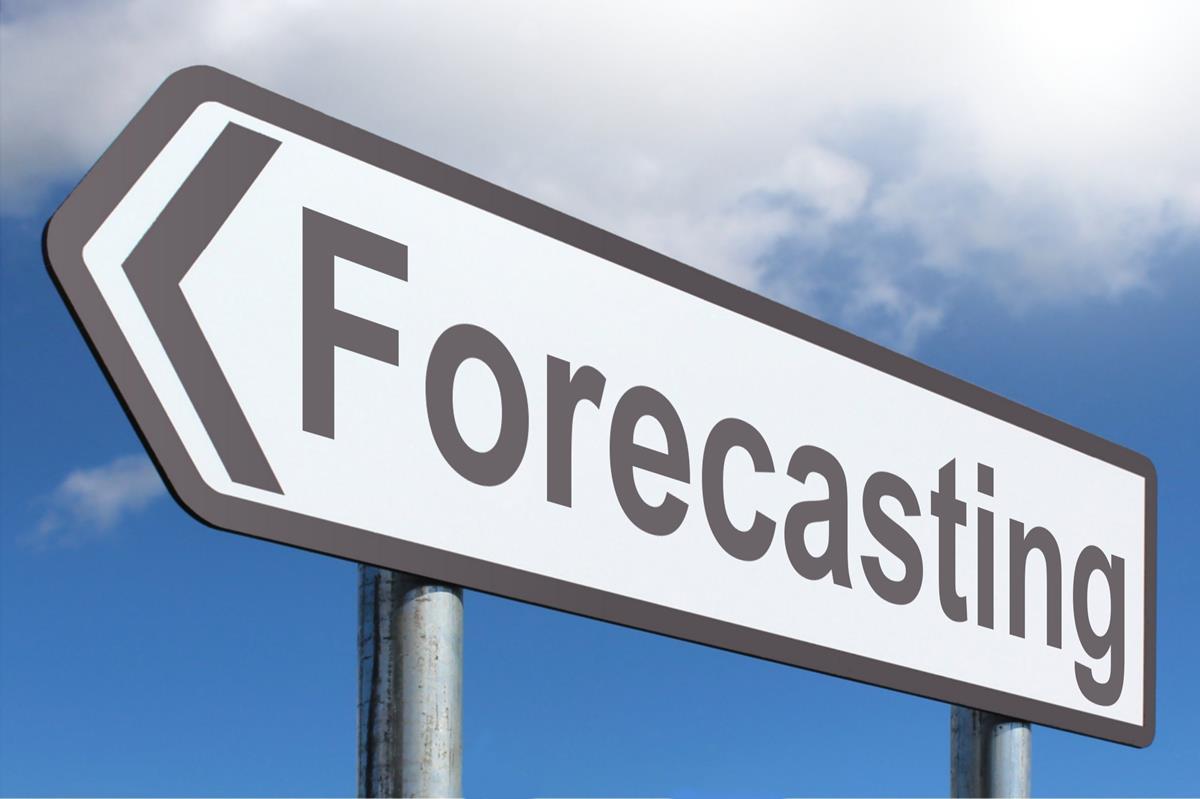No one can accurately predict the future. But in business one must always be prepared for changes, in the external and internal environment. So sometimes, it is important to make an educated guess about the future. And so the important tool of planning is helpful – forecasting. Let us learn more about forecasts.
Suggested Videos
Concept of Forecasting
Forecasting is a process of making predictions about the future course of a business or a company based on trend analysis and past and present data.
So essentially data is collected and studied about the business, and analysis is done to forecast future scenarios that are likely to occur. Hence forecasting is an important tool in the process of business planning.
Forecasts are usually done by managers (at different levels, Statisticians, experts, economists, consultants etc. They involve a lot of data collecting (both past and present) and data analysis.
There is also the use of scientific techniques and methods. But at the end of the day, forecasting is not an exact science. There is always some guessing and observations involved. This is when the experience and knowledge of these experts come into play.
Some important features or characteristics of forecasting are as follows:
- Forecasting is strictly concerned with future events only
- It analysis the probability of a future event or transaction occurring or happening
- It involves analysis of data from the past and the present
- Forecasting uses scientific techniques and methods to make such forecasts
- But it also involves certain guesswork and observations

Steps in Forecasting
Identifying and Understanding the Structure
There are almost indefinite factors that can affect the future of a business. Identifying all these factors is neither possible nor desirable. So to make an accurate forecast, the managers have to identify the factors on which to focus. So internal and external factors must be studied to identify the strategic factors of the business.
Forecasting the future
Now that the foundation is laid the next step is to make an accurate and scientific forecast. This involves both scientific tools and techniques and also professional judgment and observations. The forecast is not a foolproof plan, only a guiding map for the future.
Analysis of Deviations
No forecast will be completely accurate. The differences or deviations from the forecasts should be analyzed and studied. This will help in making more accurate forecasts in the future.
Adapting the Forecasts Procedure
In forecasting, the skill and professional judgement required are gained by experiences and practice. The forecast process is fine-tuned with every cycle. So we can learn from our mistakes and shortcomings and keep improving on the forecasting procedures.
Solved Question on Forecasts
Q: State a few limitations of forecasting
Ans: A few limitations of forecasting are,
- The collection and analysis of data is a time consuming and costly affair. And sometimes the result is not worth the expense since forecasts are not always very reliant
- It involves the only estimation of future events. There are no guarantees or assurances. It only states the probability of an event in the future and plans for it.
- It requires judgement, skills, experience, and clairvoyance from the managers. One wrong call and the entire forecast could be wrong.






Leave a Reply